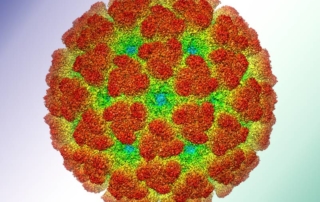Influenza
There are 18 different hemagglutinin (H) subtypes and 11 different neuraminidase (N) subtypes of influenza A virus, as well as two lineages of influenza B virus. Annual influenza epidemics are often caused by H1 and H3 subtypes. In addition, H5, H7, H9 and H10 subtypes represent a global health concern. People do not have [...]


